... quite a bit, have a look ...

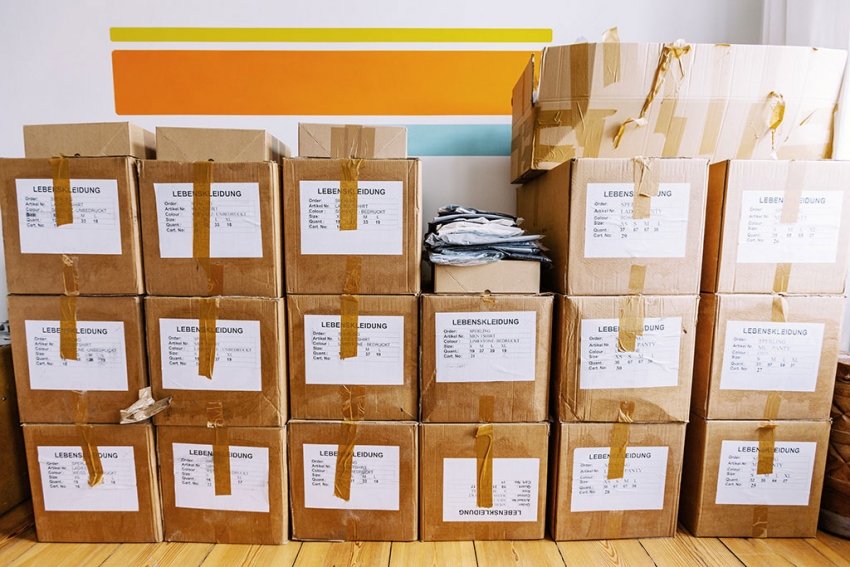


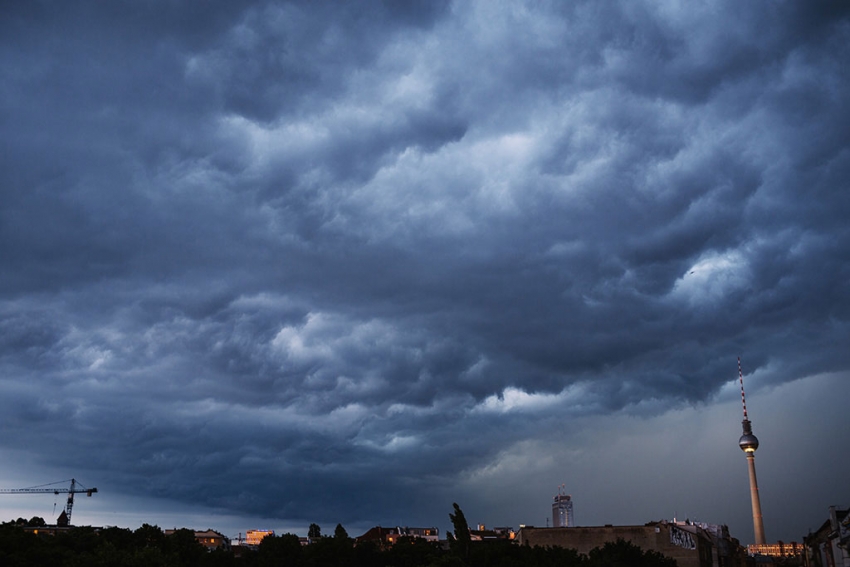












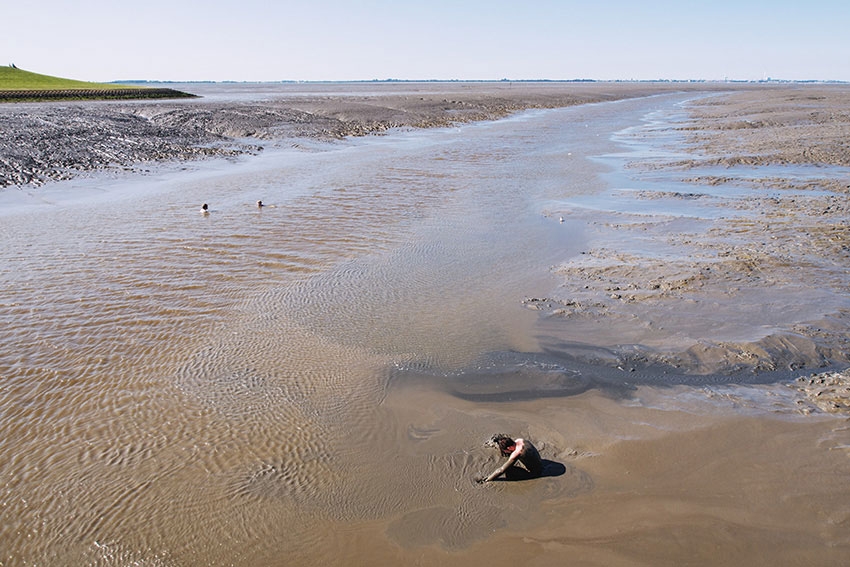
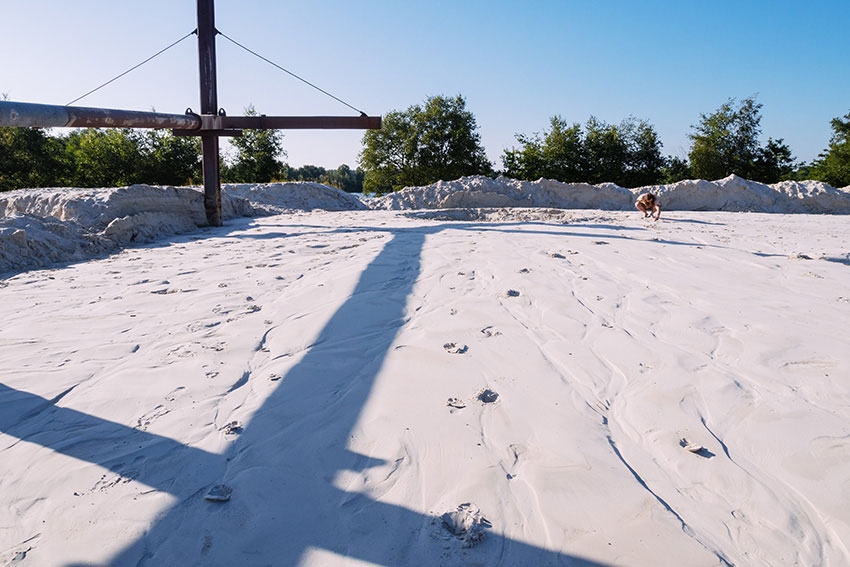


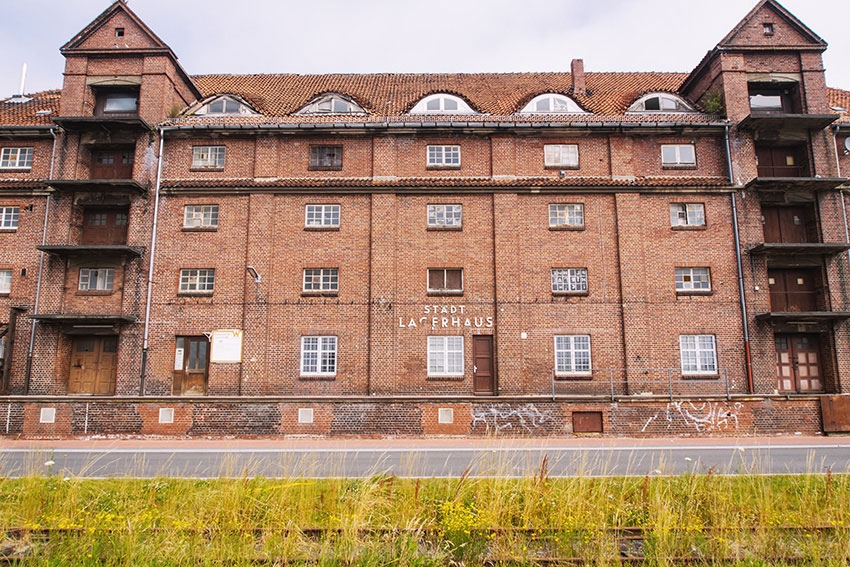















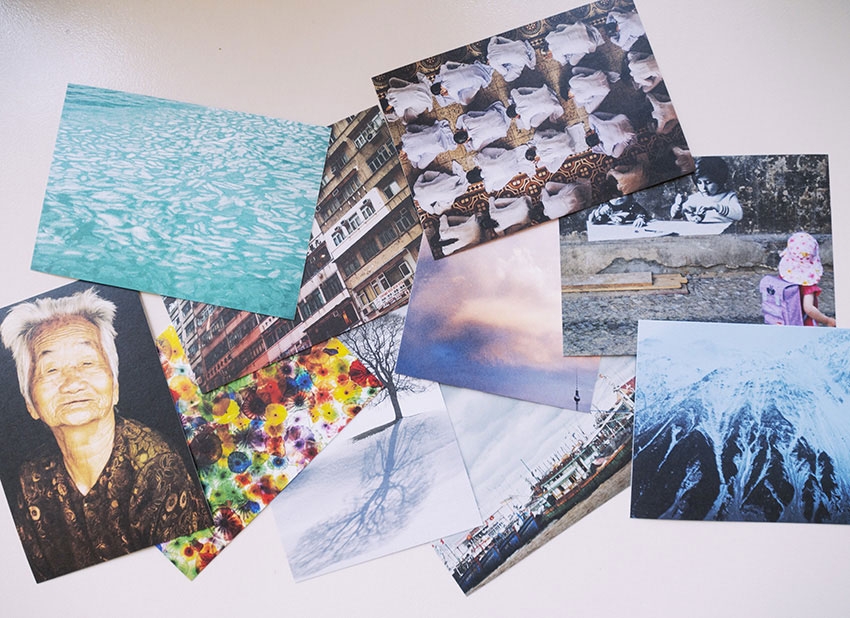




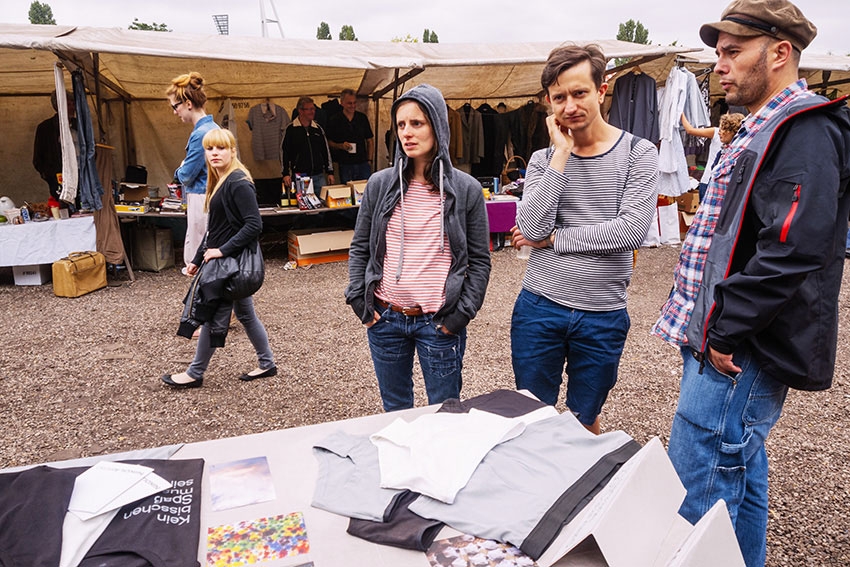







That's it ...
More images next week ...
KIKI
... quite a bit, have a look ...


















































That's it ...
More images next week ...
KIKI

Monday is gear day. Earlier last month I wrote about what hardware to use to post process images (you may click on one of the notes on the left side bar in the main blog roll to find other tech related articles). The answer to the question which hardware to use is generally as always: It depends.
It depends what you want to do with your images, it depends how many images you‘re going to process at once, it depends on image size or Megapixels involved and it depends how much time you‘re willing to spend on waiting for the computer to process your files.
In my case I need my laptops professionally, for example for weddings. The faster the computer the earlier you‘re finished, the earlier you can move on to the next thing and do something else.
When you‘re working with hundreds of files, f.e. when I come back from a wedding I usually bring back 2.000-3.000 images, computer power becomes a necessity to not be annoyed. I was processing a wedding at the beginning of 2011 with a 2007 MacBook Pro with 4GB of RAM, this wedding took me a couple of weeks, simply because the computer sometimes needed minutes to import files from Lightroom into Photoshop as it had to swap to its slow hard drive most of the time.
If you want everything to run smoothly you will want the best components possible. For example I‘m using a 2011 MacBook Pro with a Quad Core processor and 16GB of RAM. Those specs are very useful when working with Lightroom because it uses a lot of memory for it‘s library. Importing into Photoshop needs processor speed.
But to put it into relation modern computers and laptops are generally fast enough for everything but the most demanding jobs where you need to process hundreds of images at once. I bought a new MacBook Air for travelling and blogging on the go, especially for my big trip from October till December. It‘s Dual Core i7 processor is actually not noticibly slower than my Quad Core when processing individual images, it takes something between 6 and 10 seconds to import into Photoshop from Lightroom. What‘s really great about the new Haswell generation of processors is their battery life. I sit in the kitchen now with full sun behind me on the balcony. Display brightness is 50% and battery should last another 15 hours when only typing or lightly browsing the web. That means I can also sit somewhere outside in the park and blog from there and not run out of battery on a whole working day. Sweet!
For maximum performance, though, you will want as much memory as possible. For me 16GB is enough, when extensively working with Lightroom the 8GB of the Air are not enough, I found the laptop swapping to disc the other day slowing everything down sicnificantly, even though it has the fastest SSD flash storage on the market at the moment. For big jobs you still need the biggest computers possible.
Why do I use Mac? Well, I‘m sure you‘re totally fine with a PC as well. I was fascinated maybe 8 years ago when a friend just connected to our Wifi-Network with his MacBook within seconds, something that used to be impossible with a Windows machine. I‘m using Mac for 6 years now and to be honest I never ever had any software related issues, my Macs just get my work done with no hassle. I‘m also heavily invested in Mac software, so it's not really that easy to go back to Windows. I am saying this although I really had some nightmares with hardware and Apple Service. Both my MacBook Pros have replaced logic boards now and they have been to workshops endlessly. Still, when hardware is fixed they work flawlessly, never crash and get their task done. Everything just goes ...
But I strongly disagree with Apple‘s policies and the way they‘re dealing with workers in China, especially at Foxconn. I just read another article today claiming bad conditions at one of their main suppliers in China. The bad thing is, there‘s not really an alternative, all other tech companies are producing in China as well, at Foxconn or other doubtful factories.
We can only express our disapproval and beg them to finally establish better conditions and treat people the way they deserve, human ...
Let's hope the best, till next time, happy processing
KIKI
Ha, here we go, a set of pictures of a truly amazing wedding, the couple is wonderful, weather in Kiel was splendid and it was a real blast. Have a look ...














































































Fantastic ...
KIKI
It was a blast, weather was amazing, the couple looked gorgeous and it was a really great day. I hope to finish the whole set at the end of this week ...

coming soon ...
KIKI
... have a look ...







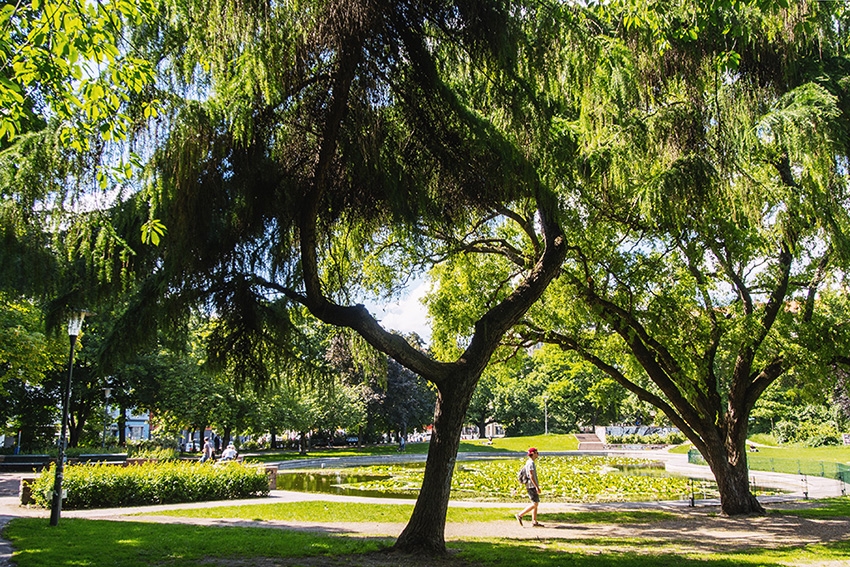
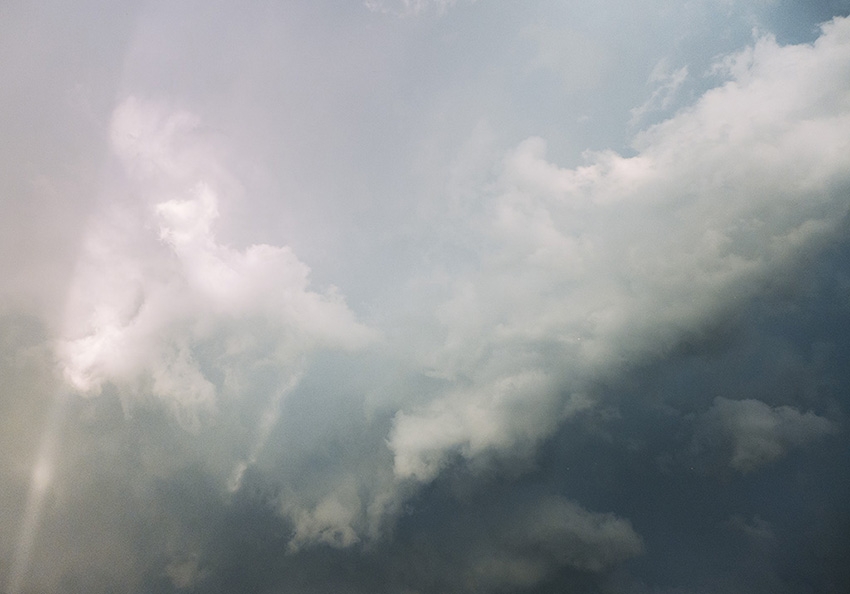











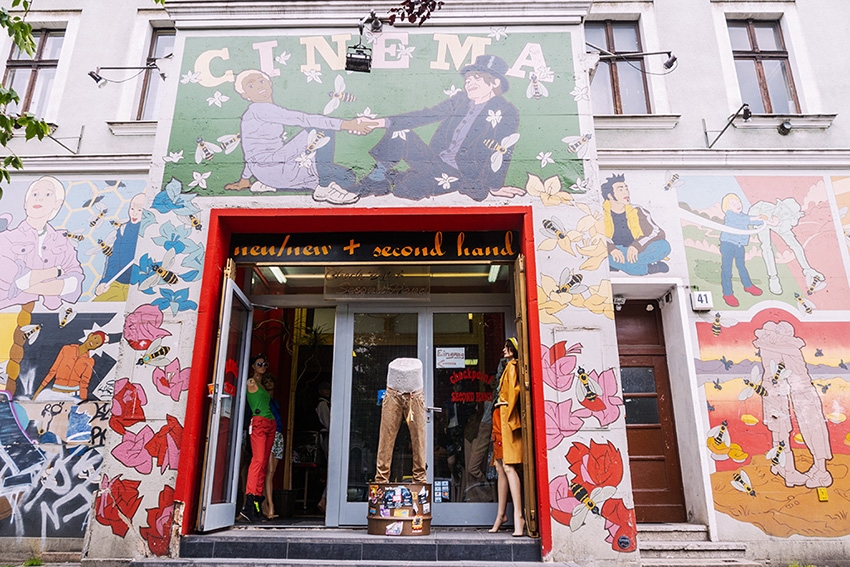





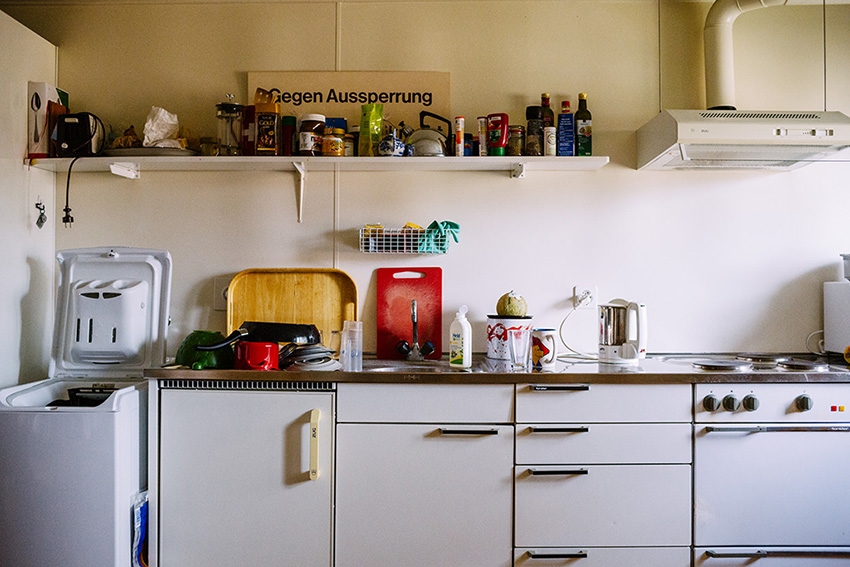








Hope to write some legal article tomorrow, see you later ...
KIKI
Hi there, first I have to say that I changed plans a bit because I will sometimes not be able to stick with the topic to the exact same day every week. I found it especially impossible to write legal articles without my books at hand, for example when I'm travelling. So as this blog focuses on photography there will be some weeks where I post more articles with new photos and those related to cameras and techniques. I will try, though, to switch to society and law in other weeks therefor a bit more.
Today I want to talk about digital noise and why it is important to modern photography. First of all, what is digital noise? Digital noise appears in digital photos sometimes when there is not enough light available, mostly in dim situations or at night. You can easily spot it in a photo as colour blotches and grittiness, the images is not as clean as those photos taken in bright daylight.
Why is it that way? You can compare digital noise to the grain in film photography. The bigger the grain in film was, the more sensitive it was to light, so the dimmer the surrounding could be in which you were going to take a sharp photo in. In digital cameras the film is replaced by a digital sensor of different sizes, actually a silicon chip with millions of little pixels, themselves comparable to the grain in film. Film sensitivities are expressed in ISO values, that's the same in digital. The higher the number the more sensitive now the digital sensor. ISO values normally alter in doubling steps, f.e. shooting in daylight is perfectly fine with ISO 100 with every possible camera. ISO 200 f.e. is double the sensitivity of ISO 100, so you can shoot with half the available light or with double the shutter speeds. It's getting interesting when you need to change to settings of ISO 1600 and above, because then big DSLR have a clear edge in image noise. But are the pixels getting bigger, too, like the film grain with rising sensitivity? No, they stay the same size, the higher sensitivity is achieved by amplifying the signal the sensor reads out from each pixel that collects the light. Complicated? Well, it's actually quite simple. Compare it to an audio amplifier. When you had a really muted recording on a Compact Cassette you had to increase the volume of the amplifier, that way the noise was getting louder, too. With a digital sensor it's the same, when you have only very little light available and recorded by the sensor, it needs to be amplified a lot. That way all steps during digital image processing that add noise to the image get amplified as well, for example the noise from the circuitry of the sensor, from heat, base noise levels and more.
Put simple, the lower the light the noisier the image. What can you do about it? First, to be honest, noise has never really been a problem for me, in film more grain could even add some atmosphere to the image and I find myself delibirately adding grain afterwards to an image that was clean in the first place. People are different, though, and there are situations where noise is not desired, for example in the church when you shoot the wedding couple kissing. It's always great to bring back clean images from situations you wouldn't have thought they were possible. Still, it's always a question of personal acceptance. Higher sensitivities also allow for higher shutter speeds, needed to freeze people's motions. Shooting in a dark room without flash you need very high ISO values to retain fast enough shutter speeds to not get blurry images. Image stabilizers for example let you shoot stationary subjects with longer shutter speeds but they can't help when shooting people in dim light.
On the other hand it really depends on when you find noise in an image obtrusive. Women often don't care about things like noise and I have to agree, when you take a great photo its noise levels become secondary. Still, easy things to consider when chosing a camera and lens combination to shoot people in dim light are: The bigger the sensor the lower the noise levels, DSLRs have sensors sometimes 10 or 20 times larger than a normal point and shoot. I show you what I mean. The following images are taken with a premium compact, a Panasonic LX7, that has a bigger sensor than normal compacts (7,44mm vs. 6,17mm) and a DSLR, a Canon 5D Mark III with a sensor 21 times bigger (36mm). Both where shot at the same shutter speeds, aperture levels and a very high sensitivity of ISO 3200. The above image is from the point and shoot, the lower one from the DSLR ...


And here are the two at a pixel level ...

As you can see you get much cleaner images with a big camera. But you can also make great images with a small one, it lies in the eye of the beholder. To give you a perspective I will shoot the Canon with an ISO level of 25600, 8 times more sensitive to light, have a look how they compare now ...



Noise levels are quite comparable with the 5D being sharper because it got more pixels. Referring to noise this means you can shoot with the same shutter speed in light levels 8 times darker or you can shoot with 8 times the shutter speed in the same light levels, here a 1/400s with the LX7 and a 1/3200s with the 5D. Pretty cool, huh!?
Second very important thing to consider for noise free images are fast lenses. Most zoom lenses already start slow and get even slower when zooming in. By slow I mean the shutter speed needed to let in the same light to the sensor. Those zooms often start at an aperture value of f/4 and slow down to f/5.6. What does that mean? Well, I will talk about shutter speeds and apertures another time but imagine the aperture of a lens as the pupil in the human eye, the smaller the pupil the less light gets in or the lower the light the bigger the pupil gets. It's the same with lenses, different lenses have different maximum aperture values, slow zoom lenses being quite dark. When you shoot in dim light you need slow shutter speeds to compensate for the little light coming through the lens, thus you get blurrier images of people or you need to increase the ISO level and get noisier images. Take a fast prime lens and you get more light to hit the sensor, that way you can retain fast enough shutter speeds to freeze people's motions or/and need a lower ISO level and get less noisy images. For example when you zoom in your zoom lens to shoot a portrait your lens aperture becomes a quite small f/5.6 at 55mm. Take a 50mm prime lens, that only costs 120 €, you get an aperture value of f/1.8. That's over three times the aperture value compared to the zoom, means over 8 times more light comes through the lens, you may shoot in 8 times lower light levels with the same shutter speed or you can shoot with 8 times the shutter speed in the same light. This gives you the ability to shoot with lower ISO levels and still get faster shutter speeds to stop motion. For example, when you shoot your slow zoom at 55mm f/5.6 with ISO 3200 in a bar your shutter speed could be a slow 1/30s, too slow to freeze motion and also too slow to compensate for camera shake. If you put on your 50mm prime and shoot at f/1.8 you could alter shutter speed to a 1/80s, fast enough to freeze motion in portraits and fast enough to compensate for camera shake. And you can set the ISO down to 800 and still get the same bright images as with the zoom with much less noise in it. Cool, eh? So, if you don't like noise, buy a camera with a big sensor and a fast lens and you're set to shoot in dim light without flash.
Alright, now you should understand what digital noise means and what effect it has on your images.
See you next time
KIKI
Hi, this week I have been a little busy with other things, so here are some more photos finally. I chose portraits this time, as I really love this type of photography. You have to get in touch with the person you want to take a photo of, candid shots work sometimes but I think you get better photos when you have at least a brief connection to the person. The best portraits are those that transport something, be it a mood, a true emotion or something else that makes the person and is expressed in the photo. I love the challenge of getting a good shot of somebody and it's so wonderful when people like the photo afterwards. I like spontaneous photos, real moments, that's why I find commercial photography pretty boring. I will go on a big trip from October till December this year to bring back some new photos from other countries and I hope to shoot a lot of authentic portraits. Here's a little collection of my most loved category of photography ...

















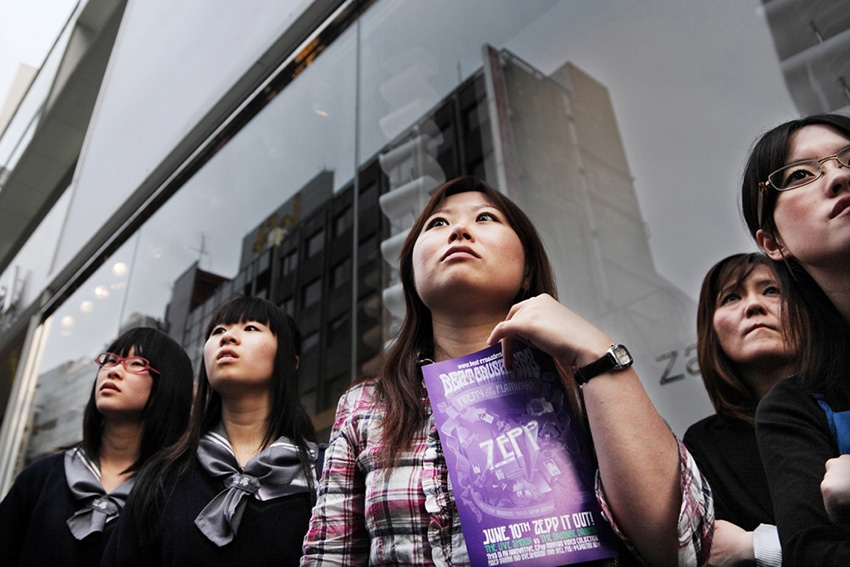

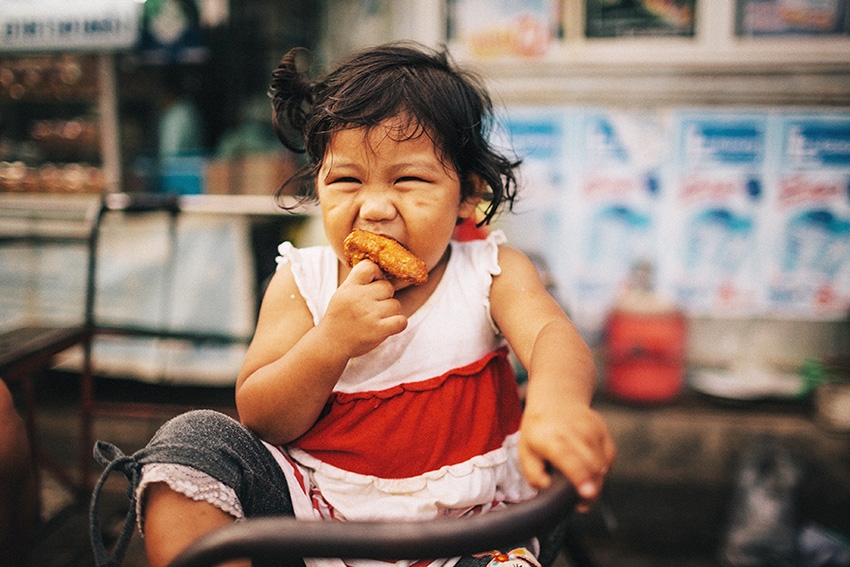












Have a great weekend, till next week
KIKI
Hey,
actually I wanted to show you some real world samples that will give you a good impression of how the various focal lenghts give a different look to the image. Starting with 12mm up to a very compressed 200mm at the end.
Have look ...

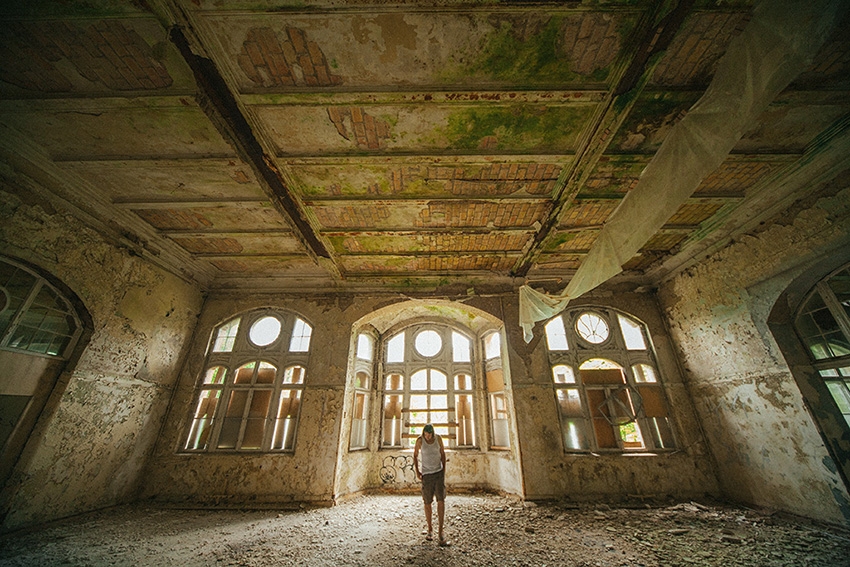
Both 12mm capture a huge amount of the surrounding scene ...
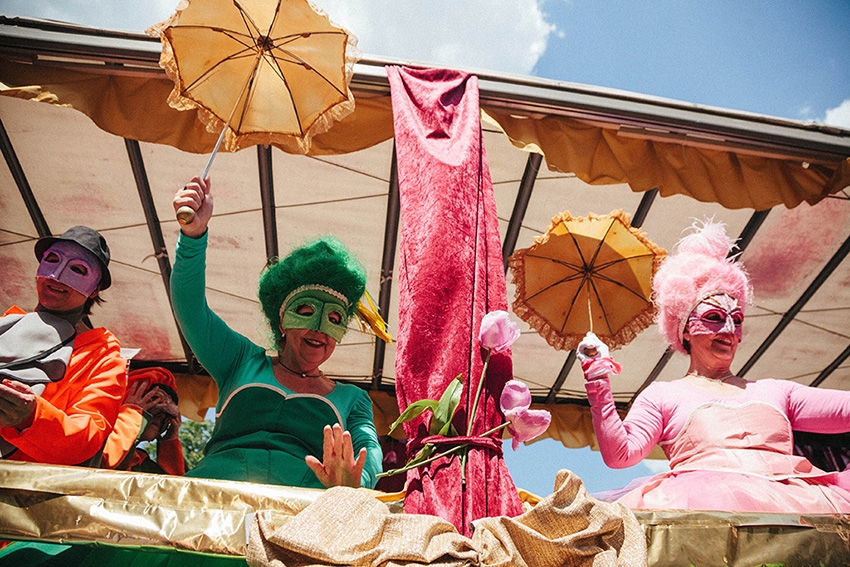

My favorite focal length of 24mm captures plenty of the scene, putting you right into it without being too wide ...


35mm is said to be the best documentary focal length, letting you keep a distance but being wider than a normal 50mm ...


I use 50mm on weddings a lot, it's pretty intimate, focussing on the subject, capturing much less of the surrounding scene ...


The above two images are 105mm tele and 200mm tele respectively, compressing the scene quite a lot with the subject being in the focus ...
I will show you some more images soon ...
Have a fun week,
see ya
KIKI
Hey there! As I have have told you this blogsite will be focused on photography. I will host images from out of my life, work, travels and more. I will also be reviewing cameras and equipment, will write about what gear to use and why, which programs and plug-ins will get you the results you want faster and I will give a lot of tips regarding camera technics and what‘s important for a good picture. I will refer to my favorite sites of Ken Rockwell or imaging resource as well, that are specialized on testing cameras. My focus will be more from a photographers perspective. Some days of the week I will also write some articles about what‘s going on in the world regarding ethical and socio-political issues. I would also like to explain basic labour rights and Grundrechte (those articles will be in German) to you people that are not that familiar with law but as employees actually directly affected, maybe once a week and give some news on changes to labour laws and union developments and what that means for the normal employee ...
But today is a photo day and there‘s millions of things to be told when it comes to photography. But there‘s also some very simple things that you should always keep in mind. For example it‘s the photographer that takes the picture and not the camera. The most expensive camera will be totally wasted when you do not care about the most basic tasks that are necessary for a good photo. A great picture comes from a great vision and not a great camera. You can actually make winner shots even with a cellphone. So that‘s something to keep in mind.
More difficult things like „How to make a winner shot“ are to be discussed later on ;-). I will start with something basic that‘s also important to know when picking up a camera:
It‘s the focal length.
What does focal length mean? Focal length is indicated in millimeters on camera lenses, popular focal lengths are 50mm or 35mm, 24mm or 16mm for example. Those lenghts express the distance between the focus point (at which the beams of light come together in a single point and spread mirrored again from there on) and the recording medium, in digital cameras it‘s the sensor. The recording medium itself can have different sizes, the smaller it is, the smaller the focal length has to be accordingly to give the same field of view. Traditionally the focal lengths refer to the 35mm film format of classic cameras, the exposed part of the film was 35mm wide. Today 35mm equivalent cameras are those called fullframe, like Canon‘s or Nikon‘s Pro cameras for example. Their digital sensor is actually a tiny bit bigger, measuring 36mm.
If you now take a 50mm lens for example the focal length point is 50mm away from the image sensor. With a fullframe 36mm sensor you will get a so called normal field of view, pretty close to the human eye (actually I think the human eye field of view is somewhat wider, at least subjectively). The focal length point and both ends of the sensor shape a triangle. If you take a smaller sensor now, found in less expensive cameras or point&shoots, with the same focal length the angle in the triangle becomes smaller, resulting in a narrower field of view. You could actually draw the sensor on a paper as a line of say 36mm and draw the focal lenght point of your choice next to it with the according distance, in this case 50mm. If you extend the lines coming from both ends of the sensor beyond the focal length point you get the idea of what would actually be captured in the real world.
With a 24mm lens for example the distance between the focal length point and the sensor is roughly half of a 50mm lens, shaping a twice as wide angle in the triangle described above, thus you get a twice as wide field of view. Take an even smaller focal length and the field of view gets even wider.
To give you an idea of how different focal lengths look like I took a couple of photos from out of the window of our flat with various focal lengths, starting with an ultrawide 12mm, then 16mm and so on, have a look ...
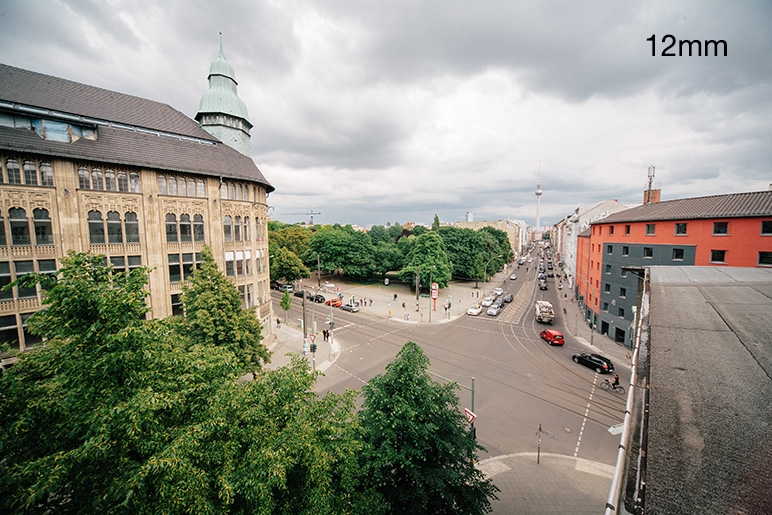

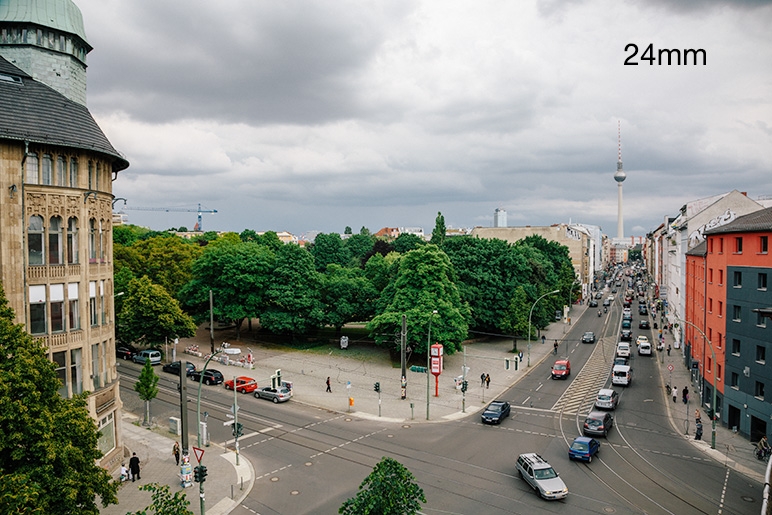






The main cameras I use are Canon‘s 5D models which also have 36mm sensors. Lenses used with those bodys keep the same field of view they have originally been designed for. Apart from the technical aspects explained above the focal lengths or lenses you use have a very strong impact on the look of your images and it often depends what subject you are going to photograph which lens is best suited. If you shoot animals for example a very long zoom lens is needed to get very detailed shots.
On the other hand I once read a photographer say you get the best images with a wide lens and get as close as you can to the subject. Actually that‘s pretty much what I think everytime I look at really dramatic images. Because you get much more in the frame with a wide lens you can immediately see if a photo was taken with a long tele lens or a wideangle lens. To get people resonably sized into the frame you need to get very close bringing the recipient or viewer right into the scene. This makes photos with a wideangle lens so much more special and intimate or even spectacular. I always find images with long tele lenses a bit boring because it‘s obvious that the photographer has not been very close to the subject. When shooting a wedding for example for me it is very important to be as close as I can to the couple to bring back the most intimate and touching images of this special day.
Documentary often refers to 35mm lenses to be the best suited for this style of photography. I am using a 35mm lens a lot as well, also on weddings, my most used focal length, though, is probably 24mm. I love wide angles because it brings you right in the middle of the action. In very tight places I could imagine using 16mm or even 12mm more often, it happens, though, that a lot of my images are taken at 24mm. For artistic portraits I normally use a Canon 50 1.2, that gives you spectacular background blurs, but that‘s some topic for next time.
See, there‘s much to say about focal lengths ...
See ya later
KIKI